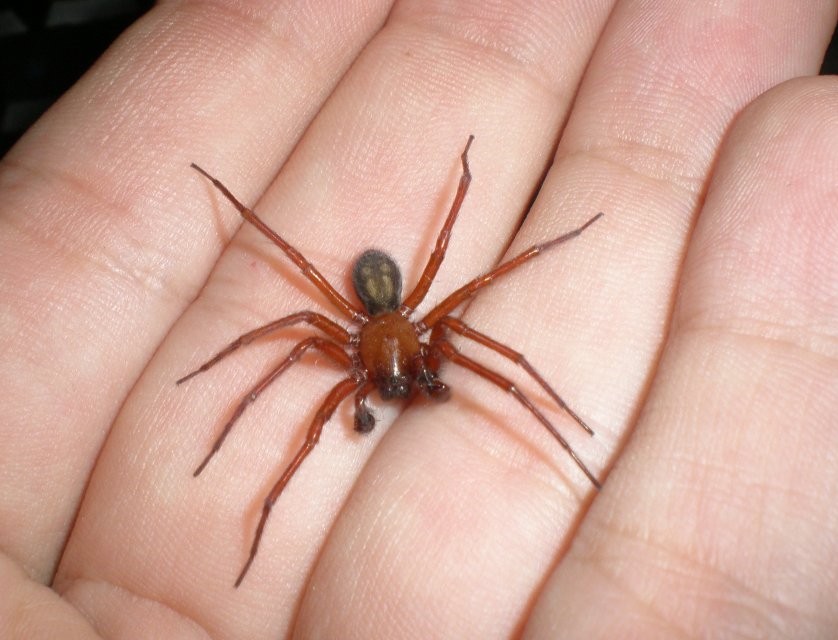
Some formulations are OMRI-listed for organic use.

Scouting and thresholds Thresholds have not been established, but economic damage is unlikely at levels below 15 to 20 per leaf. Dispersal occurs mainly through wind transport. Egg-to-adult development can occur in 7 to 10 days during summer.

Females can lay up to 10 eggs per day and more than 200 during their lifetime. They move to young foliage when buds break in spring and produce many generations during spring to autumn. European red mite and brown mites overwinter as eggs in crevices of twig bark and young limbs. In heavy infestations, the spots coalesce and the leaf yellows or bronzes.īiology and life history Two-spotted, McDaniel and yellow spider mites overwinter as fertilized females under bark or in soil debris. This produces small yellow-white spots on the upper leaf surface. Spider mites damage leaves by puncturing cells and sucking out the contents. Immatures are similar in appearance to the two-spotted spider mite, but have more of a yellowish color. Yellow spider mite: Adult females are pale yellow to white with 2 or 3 dark, rectangular markings on each side of the abdomen.

Eggs are round and translucent to opaque. Immatures are similar in appearance, only smaller. Two-spotted mites have two dark spots on the body, while McDaniel mites have four. Two-spotted or McDaniel mite: Adults are yellowish-brown, about 0.02 inch long. The front legs are very long, over twice the length of the other legs, and extend forward from the body.Įuropean red mite: Adults are globular, reddish with white spines.

The various apple-infesting species vary in appearance as follows:īrown mite: The adult female is a dull reddish brown with dark orange markings, and somewhat flattened. Pest description and crop damage All adult mites are small, usually only about 0.02 inch long and have eight legs. Yellow spider mite ( Eotetranychus carpini borealis)įield Characteristics of Fruit-Tree-Attacking Spider Mites in the PNW Two-spotted spider mite ( Tetranychus urticae)


 0 kommentar(er)
0 kommentar(er)
